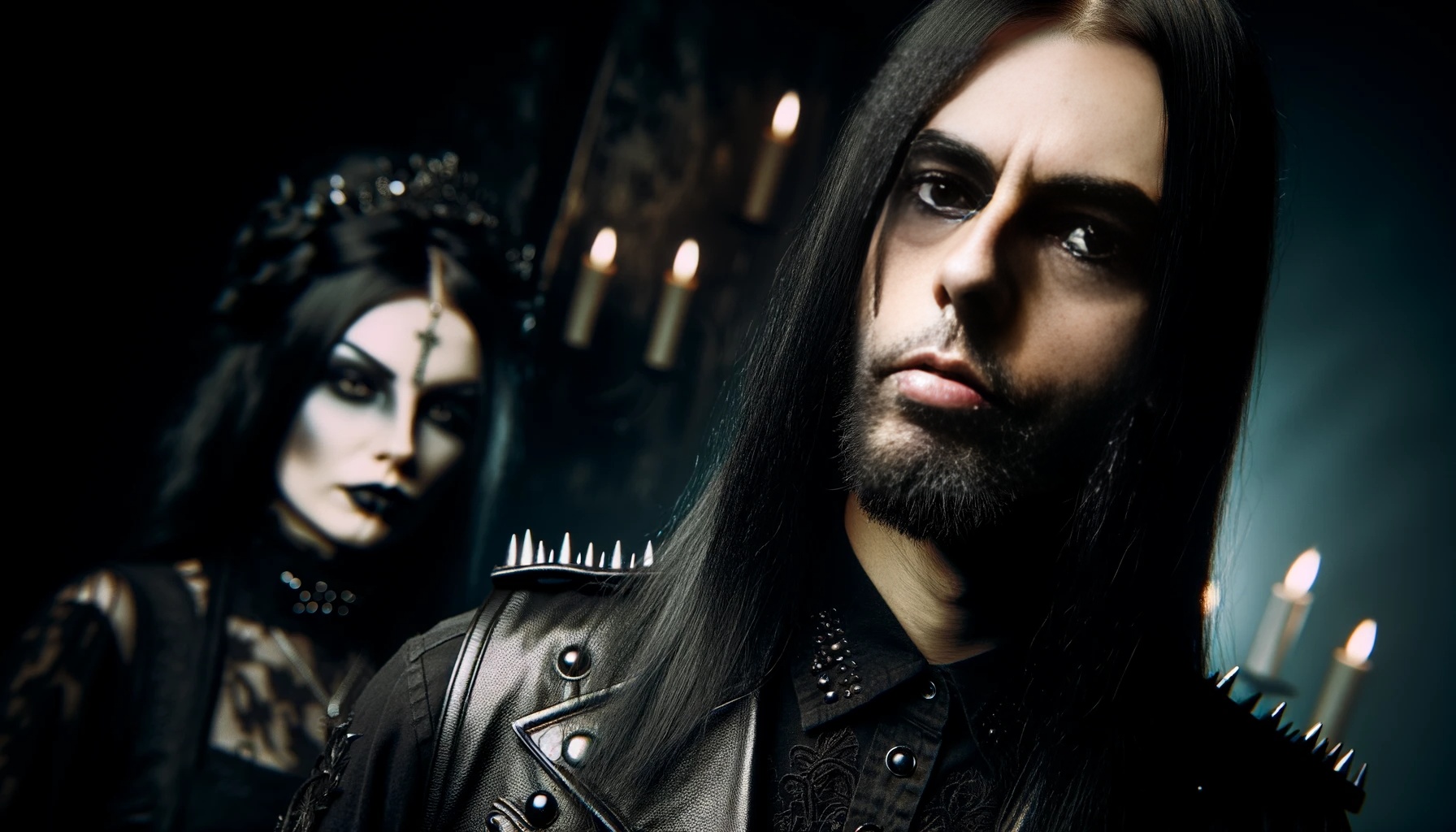Welcome to the heavy metal saga of the North, where the echoes of the past shape the future of a genre’s celebration. The Tuska Festival, inaugurated in 1998 in Helsinki, Finland, has risen from its embryonic stages to become a beacon for metal aficionados globally. This journey from Tuska’s inception to its 1999 crescendo lays the foundation for a legacy that reverberates through the metal community. Let’s dive into the early chapters of this electrifying history.
![]()
The Dawn of Tuska 1998
In the summer of 1998, the Tavastia Club in Helsinki was chosen as the birthplace of what would become a cornerstone event for heavy metal enthusiasts. The Tuska Festival, meaning ‘pain’ in Finnish, was no misnomer; it was destined to deliver the intense, raw energy synonymous with the genre. The initial lineup set the stage for what was to become an annual pilgrimage site for metal heads, featuring a mix of international and homegrown acts that showcased the diversity and power of metal music. Although detailed records of the lineup and specific events of the first festival are elusive, the impact was immediate, with the festival exceeding expectations in attendance and setting a high standard for future iterations.

Building the Legacy: Tuska 1999
By 1999, Tuska had already begun to carve its identity into the Finnish festival landscape. Expanding its reach, the festival moved to accommodate a larger audience, showcasing an even broader spectrum of metal acts. This year solidified Tuska’s reputation as a festival that was not just about the music but also about creating an experience, a community, and a space where the heavy metal spirit could thrive.
The lineup boasted bands that ranged from the fiercely underground to the up-and-coming stars of the genre. Special events, such as unique collaborations, surprise performances, and thematic stages, added layers to the festival experience, making it more than just a series of concerts but an immersive cultural event. Attendance numbers surged, reflecting the festival’s growing appeal not just among Finns but also international visitors, drawn by the allure of Tuska’s authentic and raw celebration of metal music.

The Significance of Tuska’s Early Years
The initial years of the Tuska Festival were crucial in establishing its foundation and guiding its future direction. These years were a testament to the festival’s ability to bring together diverse acts under the banner of metal, creating a unified yet eclectic celebration of the genre. The success of Tuska’s early editions was a beacon to the world that Finland was not just a country that produced renowned metal bands but also an epicenter where the global metal community could gather and revel in the music they love.
The growth in attendance from the first year to the second underscored the festival’s potential for expansion and its significance in the broader metal festival circuit. It also highlighted the festival organizers’ commitment to improving and evolving the Tuska experience, a philosophy that has continued to guide the festival to this day.

Conclusion: A Legacy Begins
From its inception in 1998 to the milestone event in 1999, the Tuska Festival has embarked on a journey that would see it become one of the most revered heavy metal festivals worldwide. Its early years laid the groundwork for a festival that values not only the music it presents but also the community it builds. Tuska has become synonymous with the celebration of metal culture, a place where the past and present of metal music converge to inspire the future.
For more on the Tuska Festival and its rich history, visit the official Tuska Festival website, delve into the detailed festival history, and follow us on social media for updates, behind-the-scenes content, and much more. Join us as we continue to explore and celebrate the legacy of the Tuska Festival.




